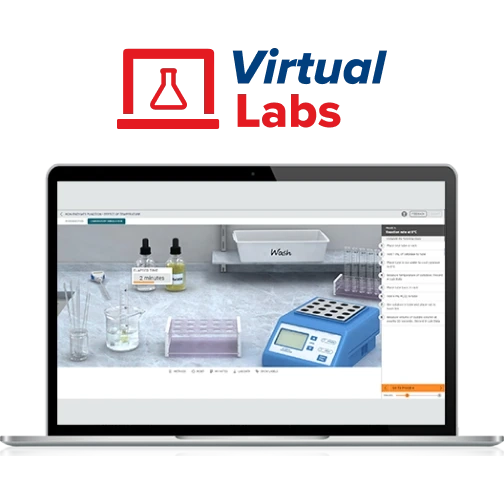My Account Details
Microbiology News
Best practices to enhance teaching and learning in Microbiology today.

- Something went wrong loading this content.
H2 Headline
- Something went wrong loading this content.
-

McGraw Hill Virtual Labs: The lab is always open.
Keep all your students engaged anytime, anywhere with our flexible, interactive lab simulations designed to improve comprehension and confidence.
